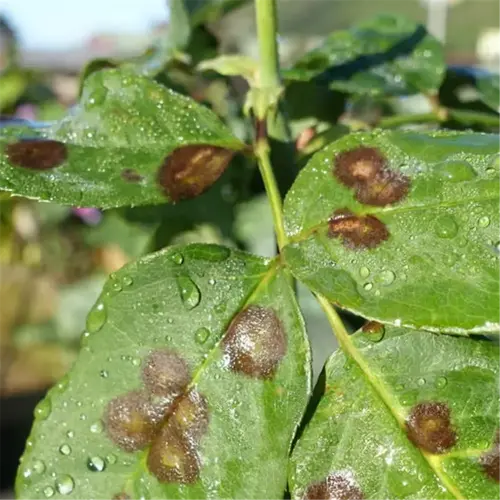Do roses grow better in containers or garden beds?

Written by
Liu Xiaohui
Reviewed by
Prof. Charles Hartman, Ph.D.Although roses adapt well to both containers and garden beds, each option has its pros and cons. Container planting allows better control over soil quality, which I have learned is quite important for urban gardening. Garden beds allow deeper root space, which is essential for larger rose plants that can climb 2 meters or more, such as the "David Austin" varieties.
Soil Mix
- 50% loam soil for structure
- 30% perlite to prevent waterlogging
- 20% compost for slow-release nutrients
Variety Selection
- Dwarf roses: ‘Lady of Shalott', ‘Blue for You'
- Miniatures: Ideal for 5-gallon pots
- Avoid climbers, roots need unrestricted depth
In Chicago, a client grew the 'Knock Out' roses in fabric pots that held 15 gallons of water for five years. She gives a lot of credit to her mix of loam, perlite, and worm castings. Because the fabric pots air-pruned the roots, the roots did not circle, which tends to be a common issue for hardy containers. When planting directly in the ground, that is not necessary.
Natural Benefits
- Earthworms aerate soil naturally
- Deep roots access groundwater during droughts
- Microbial networks boost disease resistance
Maintenance Tips
- Test pH annually, adjust with lime/sulfur
- Layer 7cm hardwood mulch each spring
- Rotate planting spots every 3 years
Hybrid methods function well for many people. I like to plant dwarf roses in pots close to patios and plant climbers in my beds. This is a solid compromise between aesthetics and functionality. Just make sure whatever container you use has drainage holes, and roots drown in standing water, and that is usually the first mistake someone new to gardening will make. I, unfortunately, had to correct 12 gardens last year for that very mistake.
Read the full article: Best Soil for Roses: Expert Tips for Lush Blooms

